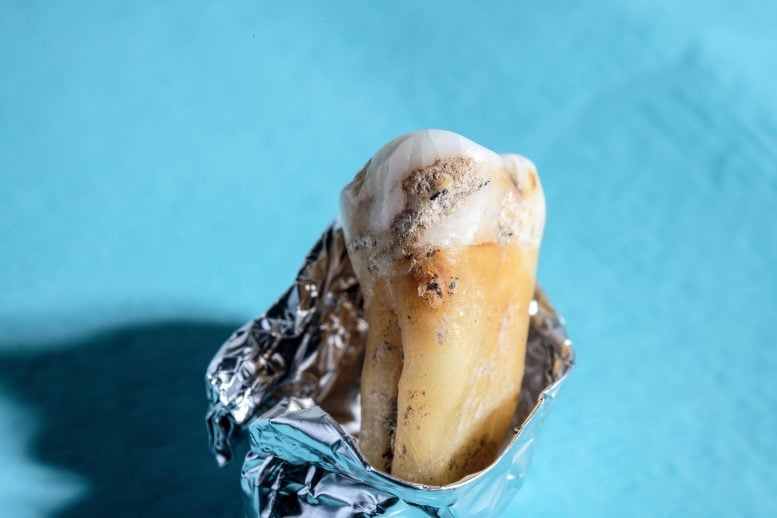
Dental calculus (tooth tartar) preserves DNA over millennia, providing unprecedented information about the biodiversity and functional capabilities of ancient microbes. Credit: Werner Siemens Foundation, Felix Wey
In a breakthrough study, scientists reconstructed ancient bacterial genomes from human and Neanderthal dental plaque, discovering previously unknown metabolites called paleofurans, offering valuable insights into early hominin health and nutrition.
Reconstructing the bacterial genomes recovered from the calcified plaque of human and Neanderthal remains has offered new insights into previously undescribed Pleistocene bacterial metabolites, researchers report. The approach expands researchers’ ability to study microbial natural products, which has otherwise been mostly limited to studying living bacteria.
Bioactive small molecules produced by microbes, often called natural products, have been an important source of diverse functional compounds for industry and medicine, including many antimicrobials. Characterizing the natural products encoded in biosynthetic gene clusters (BGCs) once produced by the microbiota of the ancient microbiome would provide valuable insight into previously unknown metabolites, as well as their role in the nutrition and health of early hominins.
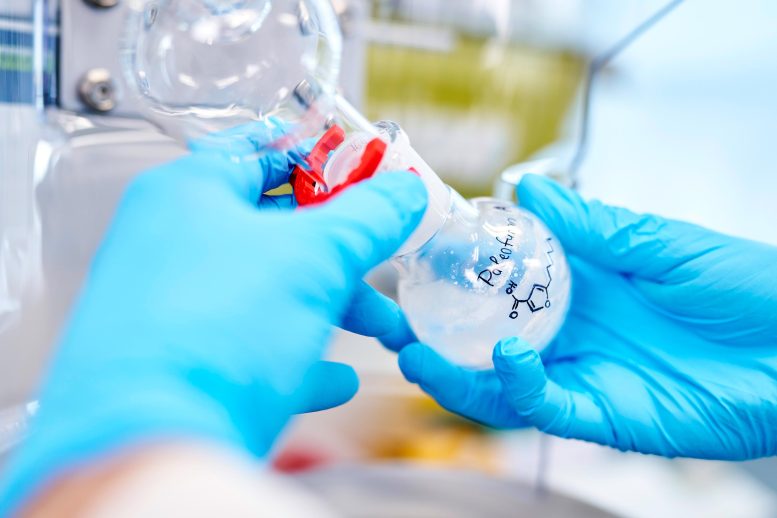
Using ancient DNA, biochemists have succeeded in producing molecules – paleofurans (shown here in powder form). Credit: Anna Schroll/Leibniz-HKI
Although recent advances in paleogenomics have illuminated past genomic diversity in humans, the functions and biosynthetic capabilities of this rapidly growing paleome remain elusive.
Martin Klapper and colleagues searched for biosynthetic gene clusters in metagenomic datasets extracted from calcified dental plaque, or dental calculus, from ancient human and Neandertal remains spanning roughly the past 100,000 years.
They reconstructed 459 bacterial metagenome-assembled genomes (MAGs). Some of the MAGs were more than 90,000 years older than the previously oldest reconstructed MAGs. Within this sample, Klapper et al. discovered a previously undescribed Pleistocene-era bacterial species within the genus Chlorobium, which contained a BGC shared by seven Middle and Upper Paleolithic individuals.
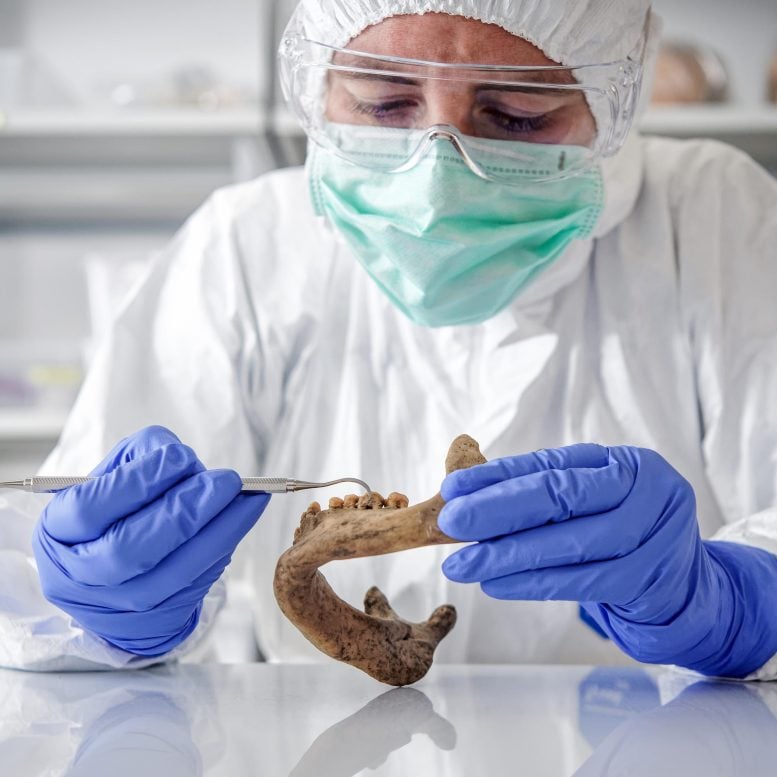
Microbes are Nature’s greatest chemists, and by studying the genomes of ancient bacteria, it may be possible to discover new uses for very old molecules. Credit: Werner Siemens Foundation, Felix Wey
Using heterologous expression techniques to reconstruct the biosynthetic action of these ancient BGCs, the authors found that they produced previously unreported metabolites, namely 5-alkylfuran-3-carboxylic acid products that the authors dub paleofurans.
According to the authors, the findings demonstrate the paleobiotechnological approach’s potential in future natural product exploration in ancient metagenomes.
“By merging metagenomics, genome mining, gene synthesis, and metabolic analyses with the field of [ancient DNA] research, we chart a path for the discovery of ancient natural products to gain evolutionary insights on their formation and origin, as well as to inform their potential future applications,” write Klapper et al.
For more on this research, see Biochemists “Revive” Stone Age Molecules From Ancient DNA.
Reference: “Natural products from reconstructed bacterial genomes of the Middle and Upper Paleolithic” by Martin Klapper, Alexander Hübner, Anan Ibrahim, Ina Wasmuth, Maxime Borry, Veit G. Haensch, Shuaibing Zhang, Walid K. Al-Jammal, Harikumar Suma, James A. Fellows Yates, Jasmin Frangenberg, Irina M. Velsko, Somak Chowdhury, Rosa Herbst, Evgeni V. Bratovanov, Hans-Martin Dahse, Therese Horch, Christian Hertweck, Manuel Ramon González Morales, Lawrence Guy Straus, Ivan Vilotijevic, Christina Warinner and Pierre Stallforth, 4 May 2023, Science.
DOI: 10.1126/science.adf5300

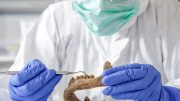
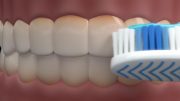
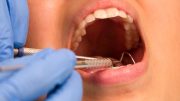
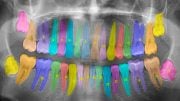
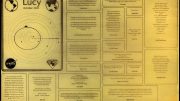

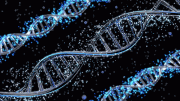
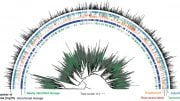
Be the first to comment on "Stone Age Molecules Resurrected From Ancient Dental Plaque"